In today’s fast-paced world, where automation is taking the lead in various industries, the design profession is no exception. The rise of generative AI tools and their integration into the design process is changing the landscape of design, challenging designers to strike a balance between automation and creativity.
Adapting to a Shifting Landscape
The design profession is rapidly evolving, driven by technological advancements, and generative AI is at the forefront of this transformation. Designers are now navigating a landscape where automation plays a significant role, impacting how they approach their work.
A Creative Evolution
In recent years, designers have seen a shift in the design landscape. Larger companies have entered the field, leading to a change in the mindset and workload of designers. This shift has made design less of an afterthought, with big corporations prioritizing user experience. As these large companies establish design organizations, designers find themselves aligning their once-rebellious minds with the risk-averse, process-loving, and output-oriented ways of corporations.
The increase in complexity in design projects means that designers have to deal with numerous considerations. Workloads have intensified, transitioning from building shacks to constructing architectural marvels overnight. Projects have become interconnected, shared modules, and variations based on permissions. This complexity was not a common challenge for the average designer, leading to chaos.
Embracing Generative AI
Generative AI tools now offer a solution to these growing complexities. With headless design systems and AI models capable of interpreting basic interaction flows, designers can leverage these tools to streamline their design process, reduce redundancies, and focus more on creativity.
Tools: Shaping the Design Process
The tools designers use reflect what they care about. The industry’s focus on scalability, consistency, and efficiency led to tools that prioritize these aspects. However, this focus on the final product sometimes overlooks the messy process of untangling a problem and exploring multiple solutions. Currently, designers have exceptional tools for delivering a finished product, but the process of brainstorming, exploring, and experimenting is often left unaddressed.
With generative AI and automation on the horizon, it’s possible that a significant portion of execution work could be automated in the next 5 to 10 years. This suggests that designers should shift their focus towards exploration. While AI streamlines execution, designers can focus on ideation, experimentation, and divergent thinking.
The Challenge of Governance
Designers have embraced governance and regulation to ensure design consistency and quality. However, as the design industry matures, it interacts more with larger, conservative businesses, possibly leading to the adoption of their practices. This shift results in an industry that cares about process, regulation, and enforcement, often at the expense of exploration and creativity.
An oppressive regulatory environment can hinder motivation and creativity. The challenge lies in maintaining a balance between regulations, standards, and guidelines, allowing for a playground within boundaries. Creativity thrives when there’s room for interpretation, and good systems behave more like coaches than strict rule enforcers.
Balancing Creativity and Automation
In the age of generative AI, designers should resist becoming mere executioners. The temptation to follow instructions and comply with rigid processes might seem like the easier path, but it could lead to creative stagnation. As more work becomes automated, designers need to become the creative force their teams require. It’s essential to push boundaries, experiment with various solutions, and retain the art of ideation.
In conclusion, the integration of generative AI into the design profession is transforming the way designers work. Automation is streamlining execution, giving designers more time to focus on creativity, exploration, and ideation. By striking a balance between automation and creativity and pushing boundaries, designers can thrive in this evolving landscape, ensuring that their designs remain innovative and impactful.
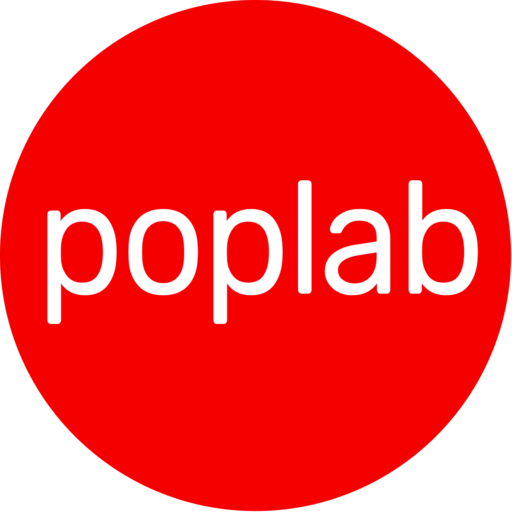
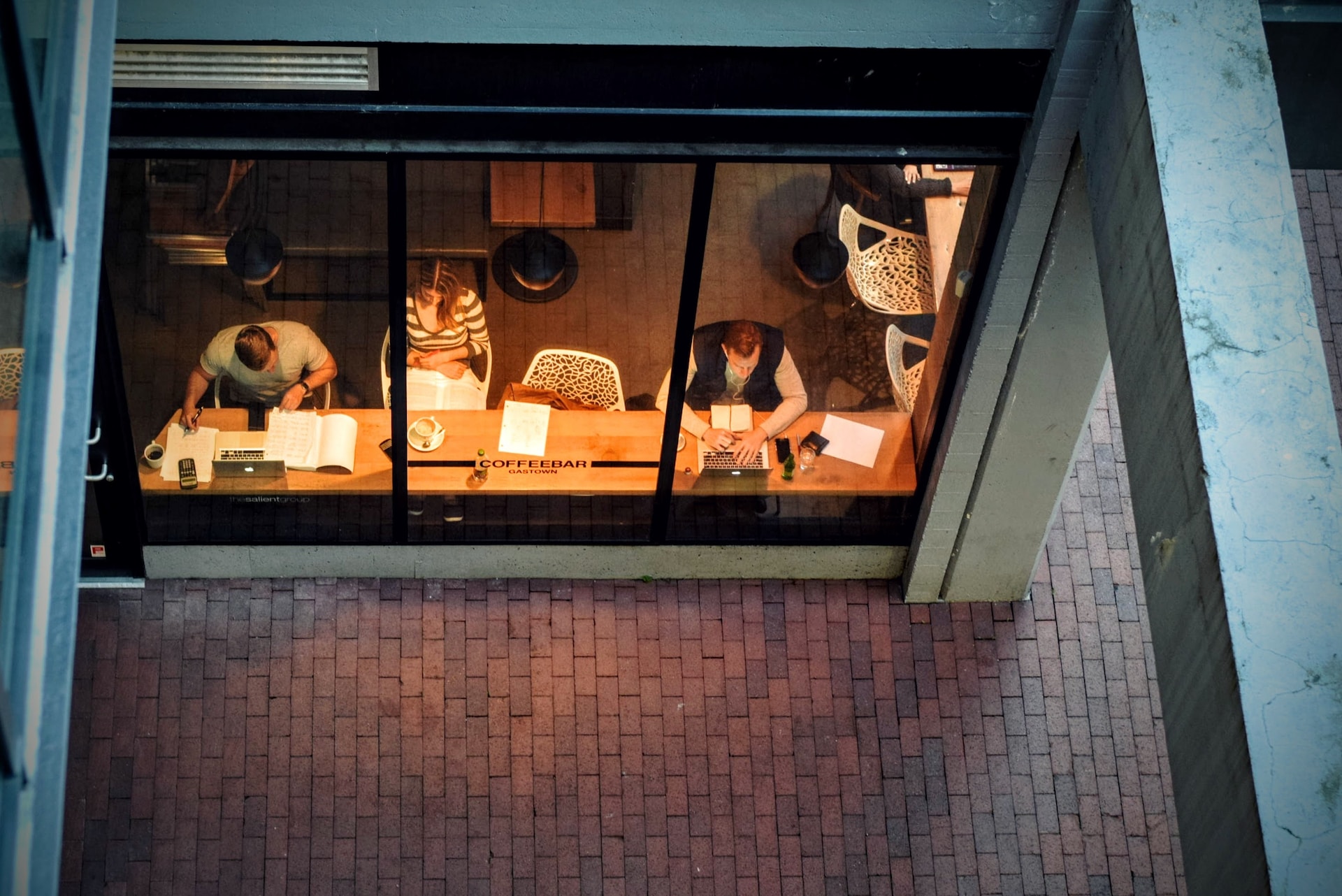
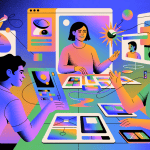

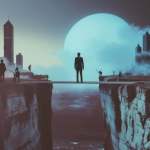
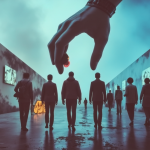
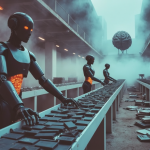
Leave a Reply